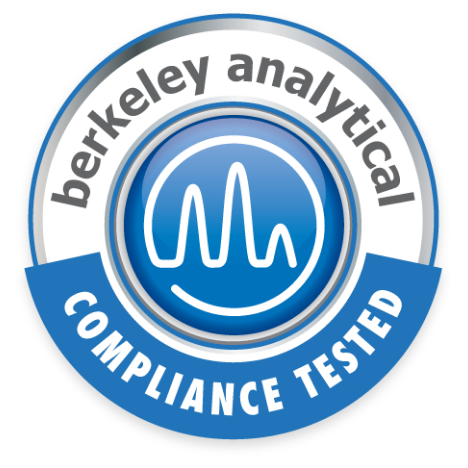USGBC Establishes Three-Year Limit for LEED v4.1 EQ Credit: Low-Emitting Materials Documentation
Prior to November 2020, there was no specific guidance from USGBC about the expiration date or validity period of LEED EQ Credit: Low-Emitting Materials (LEM) documentation. In the absence of guidance, Green Business Certification, Inc. (GBCI) reviewers were generally accepting LEM reports and certificates dated within approximately five years of an architectural project’s construction period.
This informal policy changed on November 9, 2020 with the publication by USGBC of an Addenda to LEED v4.1 Interior Design and Construction. A revision to the VOC Emissions Evaluation section of LEED v4.1 ID&C now requires that LEM documentation be less than three years old. In an email, Shraddha Marathe, Senior Manager – Technical Customer Service at USGBC, confirmed this change and further clarified that the policy applies to projects registered subsequently to the publication of the addenda. Additionally, she stated that the dates of the documentation should represent the product as installed on the project, i.e., the three-year validity period is from the testing date to the date the product is installed. Although previously registered projects are officially exempt, Shaddha additionally explained that USGBC is strongly encouraging that LEM documentation for all LEED projects be less than three years old.
In practical terms, this means that representative samples of products that may contribute to the LEM credit should be tested about every two years since the time delay between when an interior product is selected by an architectural project and when it is installed can easily be one year.
Based on this USGBC policy change, Berkeley Analytical is now strongly encouraging its customers to retest samples of their products on a two-year cycle and certainly not more than every three years to minimize the possibility of their LEM documentation being rejected by GBCI reviewers.
The amended language for VOC Emissions Evaluation is shown below in track changes (a revised version of LEED v4.1 ID&C has not been published as of the date of this article). Note that Option 2 has been deleted in its entirety as testing requirements for projects outside of the U.S. are now separately addressed in a new Addenda published February 1, 2021.
VOC Emissions Evaluation
Option 1. Product has been tested according to California Department of Public Health (CDPH) Standard Method v1.2–2017 and complies with the VOC limits in Table 4-1 of the method. Additionally, the range of total VOCs after 14 days (336 hours) was measured as specified in the CDPH Standard Method v1.2 and is reported (TVOC ranges: 0.5 mg/m3 or less, between 0.5 and 5 mg/m3, or 5 mg/m3 or more).
Laboratories that conduct the tests must be accredited under ISO/IEC 17025 for the test methods they use. Products used in school classrooms must be evaluated using the classroom scenario, products used in other spaces must be evaluated using the default private office scenario.
The statement of product compliance must include the exposure scenario(s) used, the range of total VOCs, and must follow the product declaration guidelines in CDPH Standard Method v1.2-2017, Section 8. Manufacturer statements must also include a summary report from the laboratory that is less than 3 years old and the amount of wet-applied product applied in mass per surface area (if applicable). Organizations that certify manufacturers’ claims must be accredited under ISO/IEC Guide 17065.


